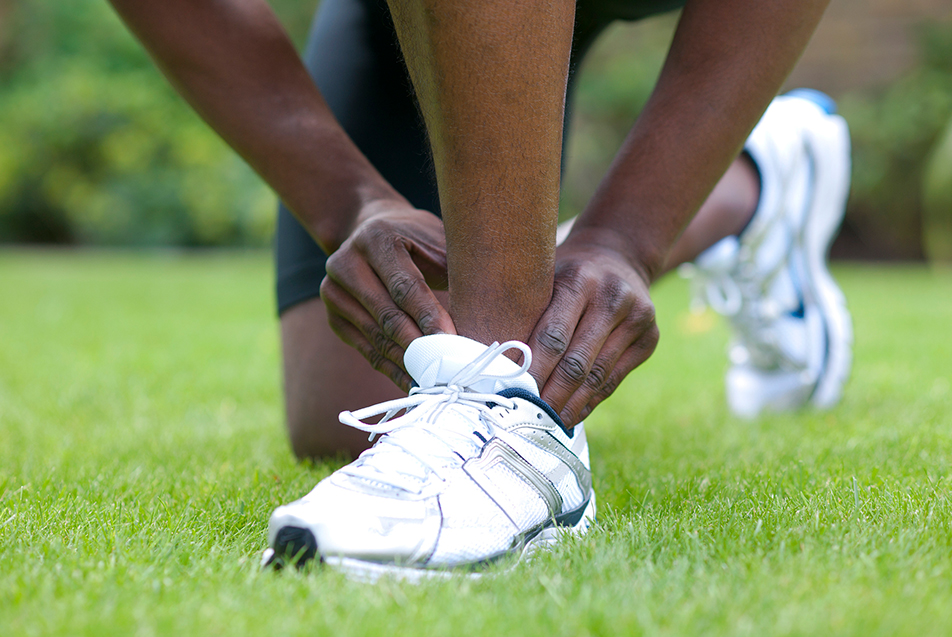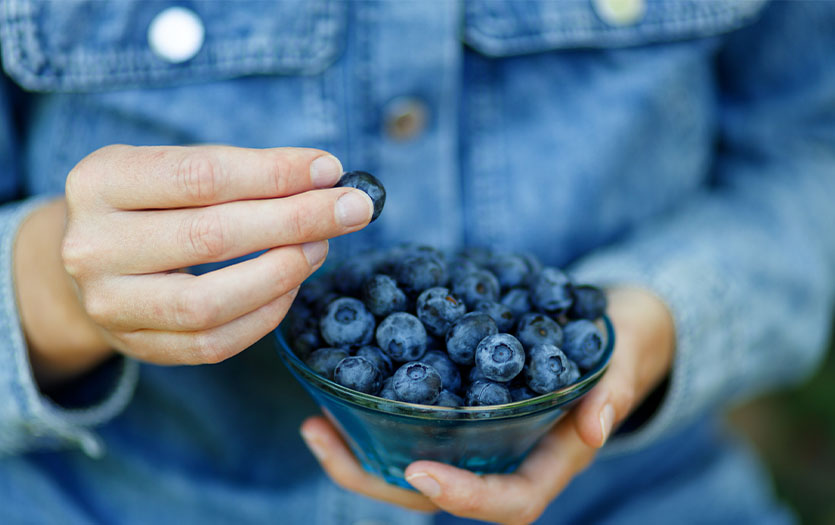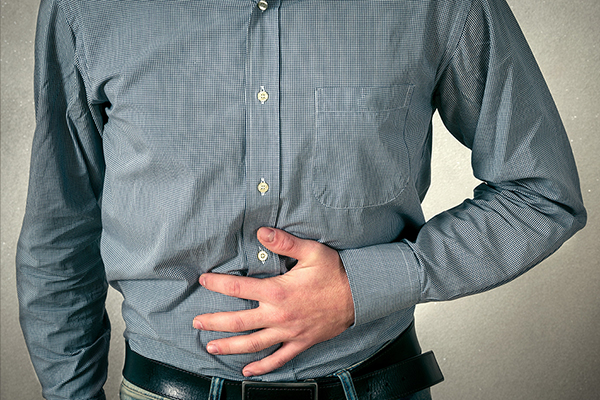
Increased activity and new summer sandals can mean bothersome blisters for some. Ashley Bojrab, DPM, AACFAS, ABPM, PPG – Podiatry, explains what causes these uncomfortable sores to form and the best ways to prevent and address them.
Why do we get blisters?
Blisters are a result of friction and rubbing. This can happen when you wear shoes that are incorrectly fitted for your feet or if you walk barefoot in shoes. Hot or cold temperatures could encourage the formation of blisters, too. Also, acid or chemicals can cause irritation of the skin leading to blisters.
Are there different types?
There are many different types of blisters. In podiatry, the most common type I see are friction blisters, but if the blister goes too deep it can break the skin and develop what is called a blood blister.
How should we treat blisters?
Blisters should be left alone if they are intact. This is a natural way for the area to heal. If you keep the fluid-filled sack well protected, it should resolve within 5-7 days. If the blister does pop and the fluid is expelled, protect the area by applying antibiotic ointment and a bandage.
Is it ever appropriate to “pop” a blister?
Again, it’s best to keep blisters intact and not pop them. This is a natural bandage for your body and keeps the skin protected.
I would recommend popping the blister if the fluid-filled sack is extremely painful or if the blister is large and continuously irritated. Depending on your comfort level, this can be done at home or performed by a medical professional.
If you’re addressing the blister at home, begin by washing your hands with soap and water. Next, very carefully use a sterile needle to deflate the blister. If the drainage appears to be a thick yellow or white fluid, it is best to contact your medical care provider.
How can we prevent blisters?
Blisters can be prevented by eliminating high friction areas and keeping feet well-protected. It’s important to wear properly fitted shoes and socks, even in warmer months, to prevent rubbing. If your shoes are not fitted properly or you wear them incorrectly, they could cause issues. Socks should be worn at all times to prevent friction. Always try on new shoes and make sure they aren’t rubbing before you purchase them. Break in new shoes gradually to get your foot adjusted to the new footwear.
When should we seek professional medical attention for a blister?
If the drainage appears to be a thick yellow or white fluid, or if the area is continuously irritated and turns red, hot or swollen, it’s best to seek medical attention.
Are there any potential risks?
Typically, blisters will resolve within 5-7 days, but in some cases they can cause bigger problems. It is possible, particularly with elderly, diabetic patients and those with other medical conditions, for blisters to turn into a very serious, limb-threatening issue. It’s best to be proactive and check your feet frequently.



